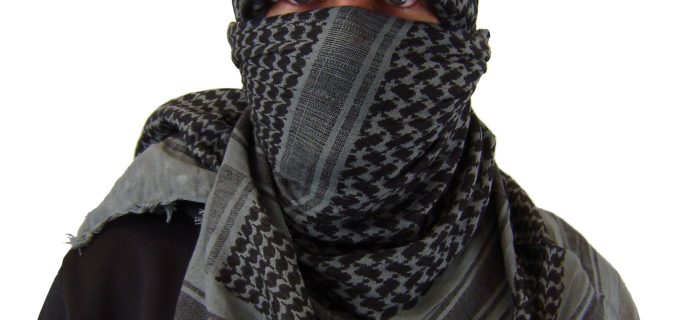Introduction
Understanding the symbolism of the Taliban scarf involves delving into its historical context, cultural significance, and contemporary implications. Originating from Afghanistan, this distinctive piece of attire has garnered global recognition due to its association with the Taliban, a fundamentalist Islamic movement that has had a profound impact on Afghan society and beyond.
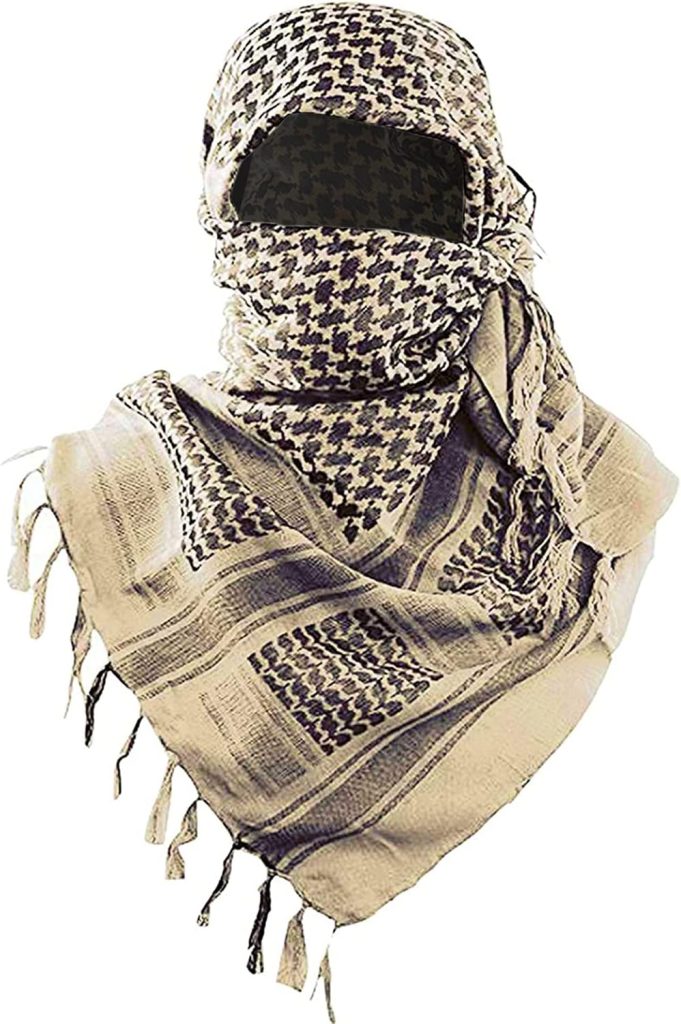
Historical Context
The Taliban scarf, often referred to as a “patu” or “patoo,” has its roots in Afghan tribal culture and traditional attire. Historically, it has been worn by various ethnic groups in Afghanistan, including Pashtuns, Tajiks, and Hazaras, as a practical garment suitable for the region’s harsh climate. Made from wool or cotton, the scarf is typically woven in a distinctive pattern, often featuring stripes or geometric designs.
Cultural Significance
- Protection and Utility: Originally, the scarf served practical purposes, such as protecting against the cold mountainous terrain of Afghanistan. Its large size and thick fabric made it versatile for use as a shawl, blanket, or even a makeshift bag.
- Tribal Identity: In Afghan tribal culture, attire often signifies tribal affiliation and social status. The way the scarf is worn, its color, and its pattern can indicate regional or tribal identity, fostering a sense of belonging and cultural pride among wearers.
- Symbol of Resistance: During the Soviet invasion of Afghanistan (1979-1989) and subsequent civil conflicts, the scarf became a symbol of resistance against foreign occupation and oppression. Afghan mujahideen fighters, including those who later formed the Taliban, wore these scarves both as a practical garment and a statement of defiance.
Contemporary Implications
- Taliban Association: Since the rise of the Taliban in the 1990s and their return to power in Afghanistan in recent years, the scarf has become strongly associated with the Taliban’s ideology and rule. Taliban fighters and officials prominently wear black or white scarves as part of their uniform, often with the Islamic creed (shahada) inscribed in Arabic script.
- International Perception: Outside of Afghanistan, the Taliban scarf has become a symbol that evokes various reactions and interpretations.
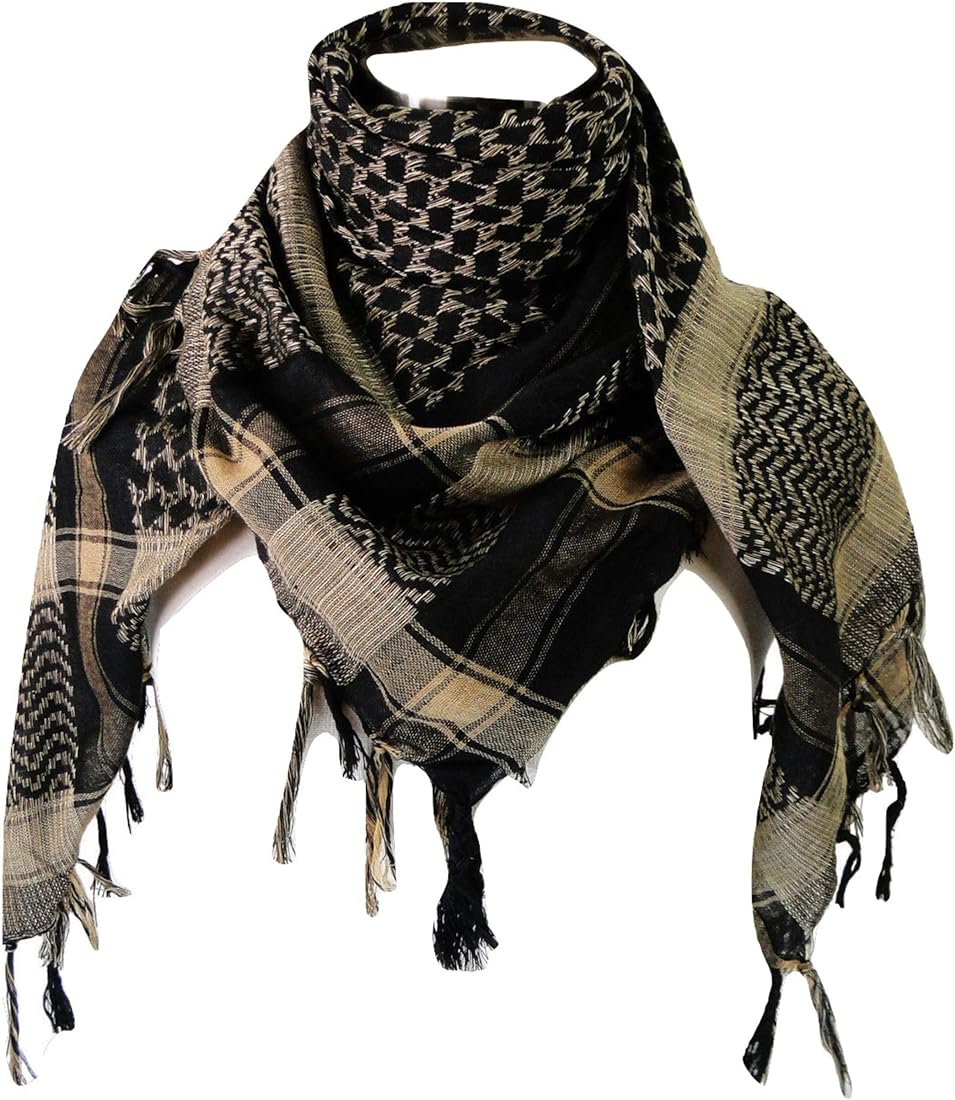
Historical and Cultural Context
- Origin and Evolution: The Taliban scarf, known as a “patu” or “patoo,” originates from traditional Afghan attire used by various ethnic groups. It is typically made from wool or cotton and woven with distinctive patterns that vary by region and ethnic identity. Historically, these scarves were practical garments used for warmth
- Symbolism of Resistance: During the Soviet invasion of Afghanistan in the 1980s, Afghan mujahideen fighters, who later contributed to the formation of the Taliban, prominently wore these scarves. The scarves became symbols of resistance against foreign occupation, embodying principles of independence, religious commitment, and cultural defiance. This historical context imbues the scarf with layers of symbolism related to Afghan nationalism and resistance movements.
Cultural Significance
- Tribal Identity and Diversity: Afghanistan is ethnically diverse, with major groups like Pashtuns, Tajiks, Hazaras, Uzbeks, and others. Scarves play a role in expressing ethnic and tribal identities through distinct patterns, colors, and ways of wearing. They serve as markers of cultural heritage and solidarity within communities, contributing to the rich tapestry of Afghan cultural diversity.
- Gender and Societal Norms: In Afghan society, scarves have also been integral to defining gender roles and societal norms. For women, scarves are part of traditional dress, emphasizing modesty and adherence to cultural norms. The Taliban’s imposition of strict dress codes, including mandatory veiling and covering, reflects their interpretation of Islamic values regarding gender roles and societal order.
Contemporary Implications
- Political and Ideological Symbolism: In contemporary Afghanistan, scarves remain symbols of the Taliban’s authority and governance. Taliban officials and fighters continue to wear scarves as part of their uniform, often with religious inscriptions, signaling their adherence to Islamic principles and their role as custodians of moral and social order.
- International Perception and Symbolism: Internationally, the Taliban scarf symbolizes broader concerns about Islamic extremism, human rights abuses, and the suppression of individual freedoms, particularly for women and minorities under Taliban rule. The visibility of these scarves in media and public discourse underscores their significance in shaping global perceptions of Afghanistan and the Taliban movement.
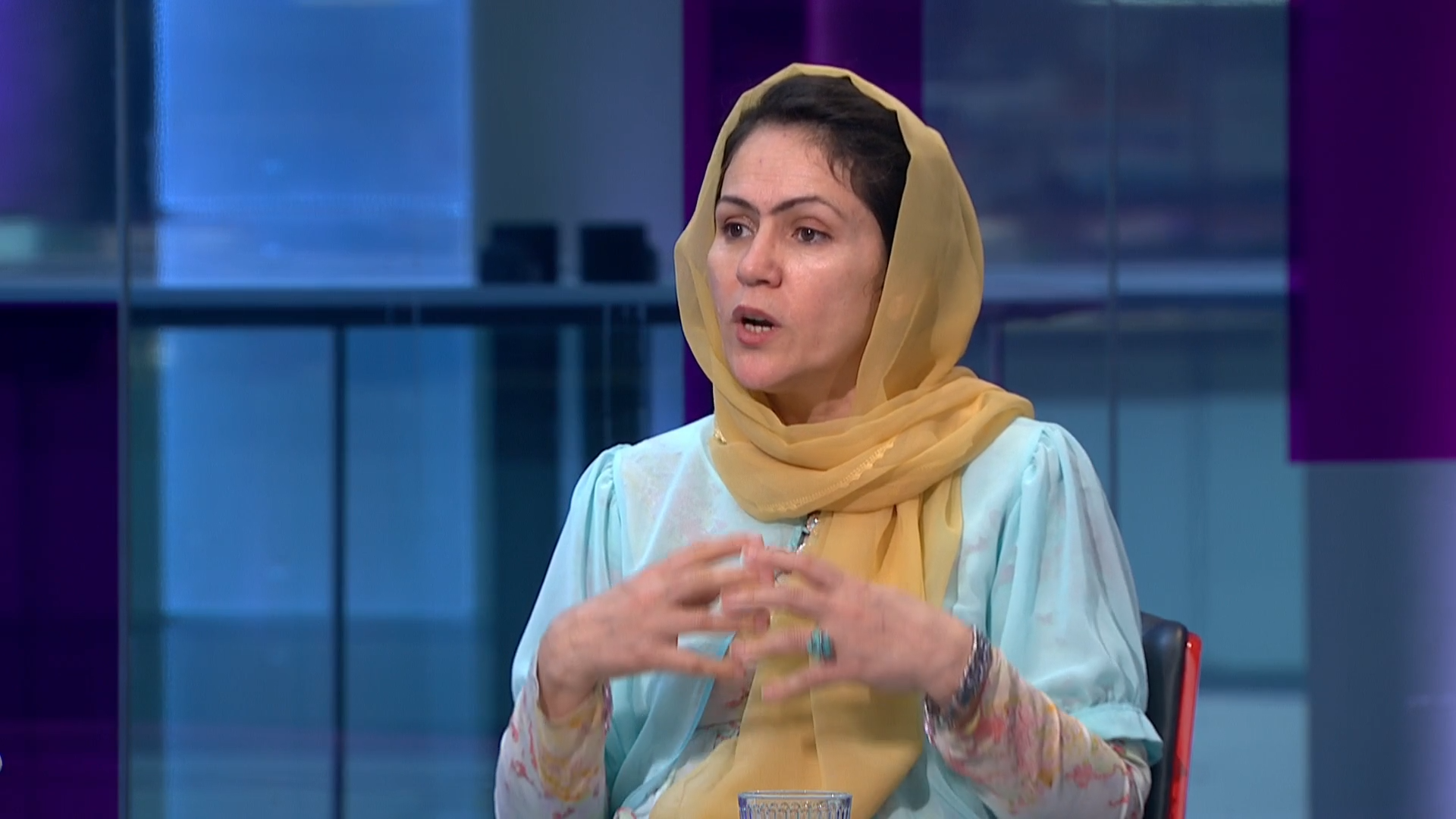
Societal Impact
- Enforcement of Social Norms: Under Taliban rule, scarves are not only symbolic but also enforce strict social norms, particularly concerning gender roles and modesty.
- Symbol of Authority: The Taliban scarf serves as a visible symbol of the movement’s authority and governance. Officials and fighters wear scarves with religious inscriptions, projecting an image of piety and adherence to Islamic principles. This symbolism extends to public spaces and governance structures, reinforcing the Taliban’s legitimacy and ideological commitment.
International Perceptions
- Global Reaction: Internationally, the Taliban scarf evokes varied reactions and perceptions. For some, it represents a cultural and religious identity deeply rooted in Afghan traditions and values. Others view it through a lens of concern, associating it with extremism, human rights abuses, and the suppression of individual freedoms, particularly for women and minorities.
- Impact on Diplomatic Relations: The visibility of Taliban scarves in international media shapes perceptions of Afghanistan and influences diplomatic relations with other countries. Governments and international organizations often use the Taliban’s treatment of women, including dress codes enforced through scarves, as a benchmark for assessing human rights and engagement policies.
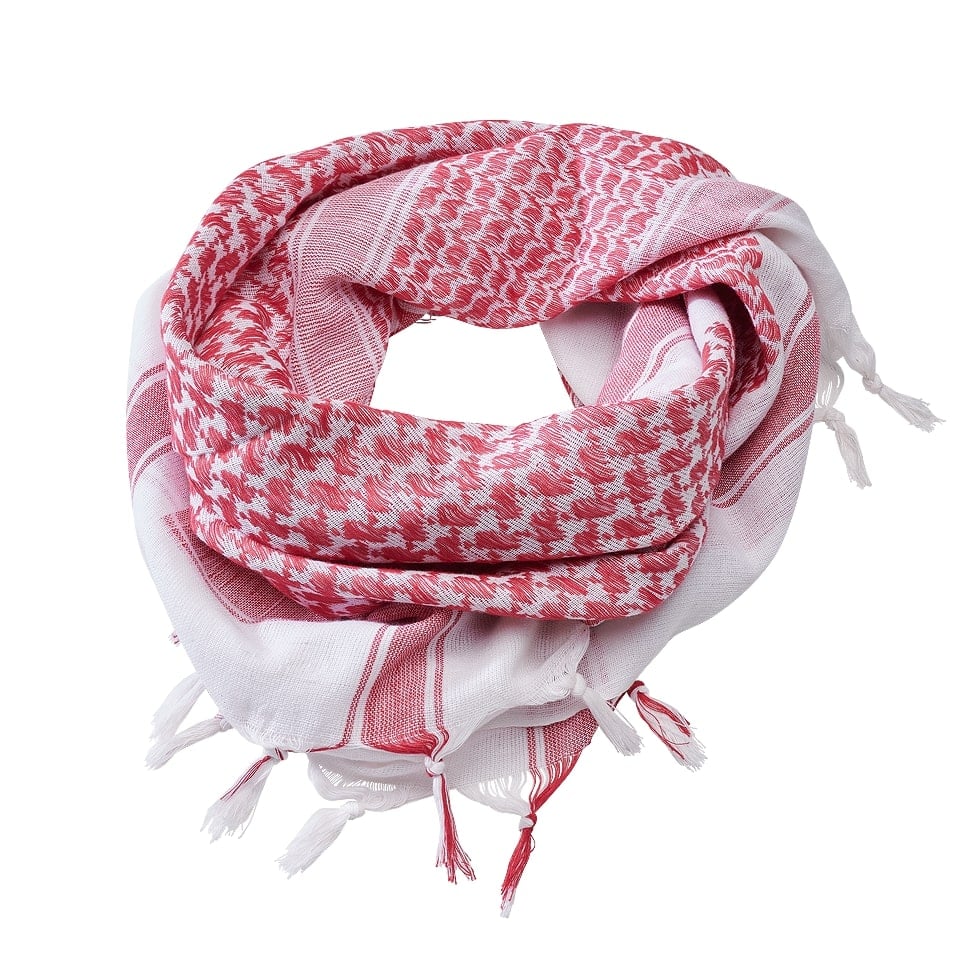
Conclusion
The symbolism of the Taliban scarf extends beyond its function as a mere garment. It encapsulates historical narratives of resistance, cultural identity, and social control, reflecting the complex intersection of tradition, ideology, and geopolitical dynamics in Afghanistan and the broader Islamic world. Understanding its significance requires contextual awareness of Afghan history, tribal customs, and the evolving socio-political landscape shaped by decades of conflict and ideological struggle.
The symbolism of the Taliban scarf intertwines historical narratives, cultural expressions, and contemporary socio-political dynamics in Afghanistan. From its origins as a practical garment to its role in resistance movements and its current symbolism under Taliban rule, the scarf reflects the complexities of Afghan identity, religious values, and societal norms. Understanding its significance requires contextual awareness of Afghan history, ethnic diversity, and the evolving interpretations of Islam in Afghan society. As Afghanistan continues to navigate political transitions and global scrutiny, the symbolism of the Taliban scarf remains a poignant reminder of the country’s turbulent history and ongoing challenges.

